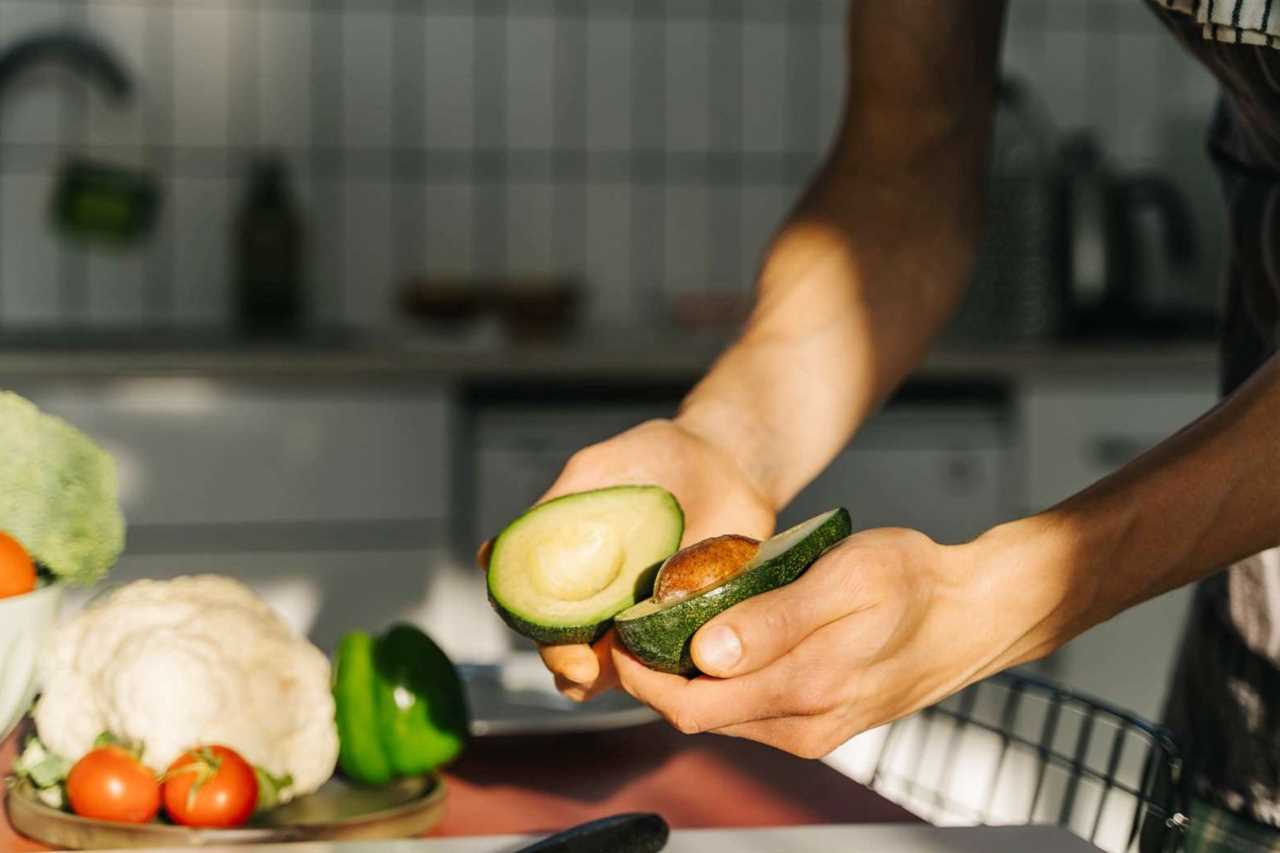
Introduction: Embracing Mindful Cooking for a Healthier and Happier Life
For many of us, the kitchen can be a chaotic place. However, it doesn't have to be this way. Mindful cooking offers a solution by inviting us to slow down and savor each moment, turning everyday food prep into a meditative experience. In this article, we'll explore the concept of mindful cooking, its benefits for mental wellbeing, and how to create a mindful kitchen.
The Art of Mindful Cooking: Blending Meditation and Culinary Creativity
Mindful cooking is about being fully present in the kitchen, where your attention is focused on the process of making a meal. It's not just about mechanically chopping vegetables or stirring a pot; it's about being aware of every color, scent, and texture. By engaging in mindful cooking, you can create something nourishing while cultivating a deeper connection with yourself and the art of cooking.
Inactive and Active Mindful Cooking: Connecting with Food and the Cooking Process
There are two main types of mindful cooking: inactive and active. Inactive mindful cooking involves thoughtful planning, considering the nutritional value, flavors, and how the meal will come together. Active mindful cooking is the actual process of cooking, where you bring your full attention to every step. By practicing both types, you can enhance your meals and find a sense of calm and focus that extends to other areas of your life.
The Benefits of Mindful Cooking: From Happiness to Improved Focus
Mindful cooking offers a plethora of benefits for your overall wellbeing:
- Mindful cooking can make you feel happier by turning the kitchen into a space of joy and creativity.
- It helps improve focus, which can spill over into other areas of your life.
- Creating something with your own hands brings a unique sense of satisfaction and pride.
- The kitchen can become a retreat from everyday busyness, reducing stress and anxiety.
- Regular mindfulness practice can help manage emotions and handle irritations or frustrations in a more relaxed manner.
Creating a Mindful Kitchen: Designing a Space for Peace and Joy
A mindful kitchen supports your mindful cooking experience. Here are some tips to create a mindful kitchen:

- Clear your kitchen counters and workspace to reduce distractions.
- Arrange your utensils, pots, pans, and ingredients in an orderly fashion for efficiency.
- Add plants or flowers to purify the air and bring a touch of nature.
- Ensure your kitchen is well lit, preferably with natural light.
- Play gentle, soothing music in the background to create a relaxing environment.
- Adjust the temperature to be comfortable and consider cracking a window for fresh air.
- Regularly clean your kitchen and practice cleaning as you go to maintain a clear space.
Practicing Mindful Cooking: Tips for a Peaceful and Enjoyable Experience
Transforming your cooking experience into a mindful practice is simpler than you might think. Here are some tips to get started:
- Turn off digital devices to fully focus on the experience of cooking.
- Establish a ritual to start your cooking session, like lighting a candle or playing soft music.
- Notice the smells, sounds, tastes, and textures of the food as you cook.
- If you feel rushed or distracted, pause and take a few deep breaths to refocus.
- Think about the journey of your ingredients and express gratitude for the people involved.
- Be thankful for the opportunity to create a meal and appreciate the food and your skills.
- Take your time and enjoy each step, approaching each task with purpose and care.
FAQs: Mindful Cooking and Mindful Eating
Q: What is mindful cooking?
Mindful cooking is the practice of being fully present and attentive during the process of preparing food. It involves focusing on each step of cooking, from selecting ingredients to chopping and cooking them. Mindful cooking allows you to appreciate the colors, textures, smells, and tastes of the food, transforming cooking into a peaceful and enjoyable activity.
Q: What are the [TAG6] of mindful cooking?
Mindful cooking involves several activities that encourage you to be present and engaged in the cooking process. These activities include planning your meal thoughtfully, preparing your ingredients with care, cooking the food attentively, tasting your dishes mindfully, and cleaning up with awareness.
Q: What are 3 mindful eating habits?
Three mindful eating habits include eating slowly and without distraction, listening to physical hunger cues, and appreciating your food. By practicing these habits, you can develop a deeper connection with your meals and nourish both your body and mind.
Q: How do you practice mindfulness while eating?
To practice mindfulness while eating, start by looking at your food and noticing its colors and textures. Smell your food and think about the aroma. Take small bites, chew slowly, and pay attention to the flavors and textures in your mouth. Put your utensils down between bites and think about the journey of the food. By following these steps, you can turn eating into a mindful experience.

*** We appreciate our sponsor *** |
| [TAG3]
Image Credit: Debbi Denton / AuthorsUSA.com |
By: Team Calm
Title: Mindful Cooking: Transforming Your Kitchen into a Space of Calm and Creativity
Sourced From: blog.calm.com/blog/mindful-cooking
Published Date: Fri, 15 Dec 2023 00:41:37 +0000
Did you miss our previous article...
https://naturesmart.us/wellness/the-1-best-fruit-to-eat-for-weight-loss
 HealthWellnessFitnessBeautyVideosPrivacy PolicyTerms And Conditions
HealthWellnessFitnessBeautyVideosPrivacy PolicyTerms And Conditions
